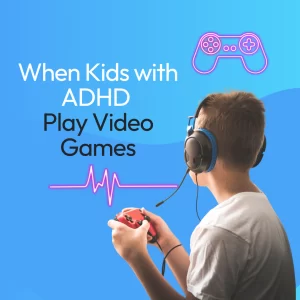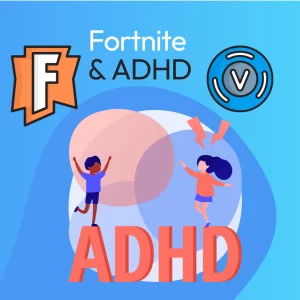The world is different for young people, that much seems to be clear. On average, that also seems to be a good thing! Child mortality has dropped by 78.5% since 1960, vehicular deaths have decreased by 35.6% since 1979, and cancer survivability for leukemia—a common cancer in children—has increased from around 10% in 1960 to over 90% today. And while rates of cigarette-smoking have decreased as well, rates of Vaping—a new type of electronic cigarette—have increased by a whopping 640% between 2011 and 2015.
What are the current trends in youth smoking?
In 1997 36.5% of high school seniors had smoked cigarettes in the past 30 days. By 2018, this number had decreased by 79.8% to just 7.6%. Part of this was related to the significant interventions that had been in place to regulate youth access to tobacco products. It was partly related to increased education and prevention efforts. And it was partly related to cutting the ability for Big Tobacco to market products to children. Well, these smoking trends are seeming to now reverse themselves. The New England Journal of Medicine has reported that rates of smoking are now on the rise. 1 in 4 high school seniors are now reporting tobacco use in the last 30-days.[6] What’s more, is that 1 in 5 10th graders, and 1 in 11 8th graders are also reporting 30-day use.
What is “Vaping” and how did it get so popular?
Electronic cigarettes use a heating element to atomize a liquid solution that contains nicotine. Instead of smoke, the user inhales the atomized water vapor. While many of the carcinogenic components of traditional cigarettes are removed, making e-cigarettes a viable option for traditional smokers to step-down to a safer method, the addictive nicotine and other carcinogens are still contained in the vapor. This is often the argument used when people say that “vaping is safter than smoking.” The argument is untrue. The concentrations of nicotine are, potentially, significantly higher than traditional cigarettes. And young people smoke the equivalent of several packages of cigarettes using refillable pods, and don’t feel the consequences.
Vaping devices are typically battery powered, and can even be recharged in a USB port or wall outlet. These devises are often refillable, with different “cartridges” available for purchase in different flavors of nicotine products. These are some of the reasons that these devises have gained popularity among young, tech-savvy consumers. Vaping seems cool and modern. The byproducts of vaping are far less offensive than those of traditional cigarettes, pipes, or cigars. And the myriad flavors and styles available to the consumer are attractive to young people. Many of whom are enticed by choices and personalization.
What can we do about Vaping Prevention?
So, now that we understand what we are on the lookout for, how do we respond? Well, the good news is that the response to e-cigarettes does not have to be necessarily different for a parent than their response to something like alcohol, or traditional cigarettes. Parental and peer approval means everything to kids. When parents make known their disapproval to their kids, it maximizes the likelihood of deterrence. Talk to your kids about Vaping. Help them understand the facts. And encourage them to remain drug free.
Be sure to check out some of our other posts:



